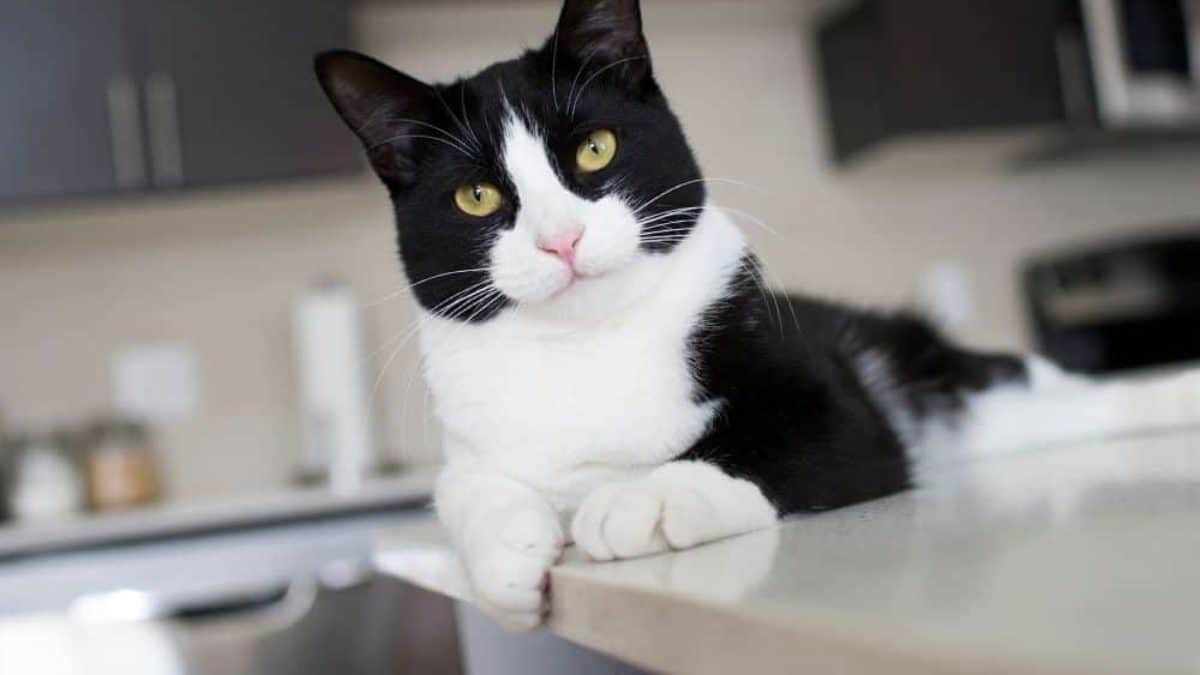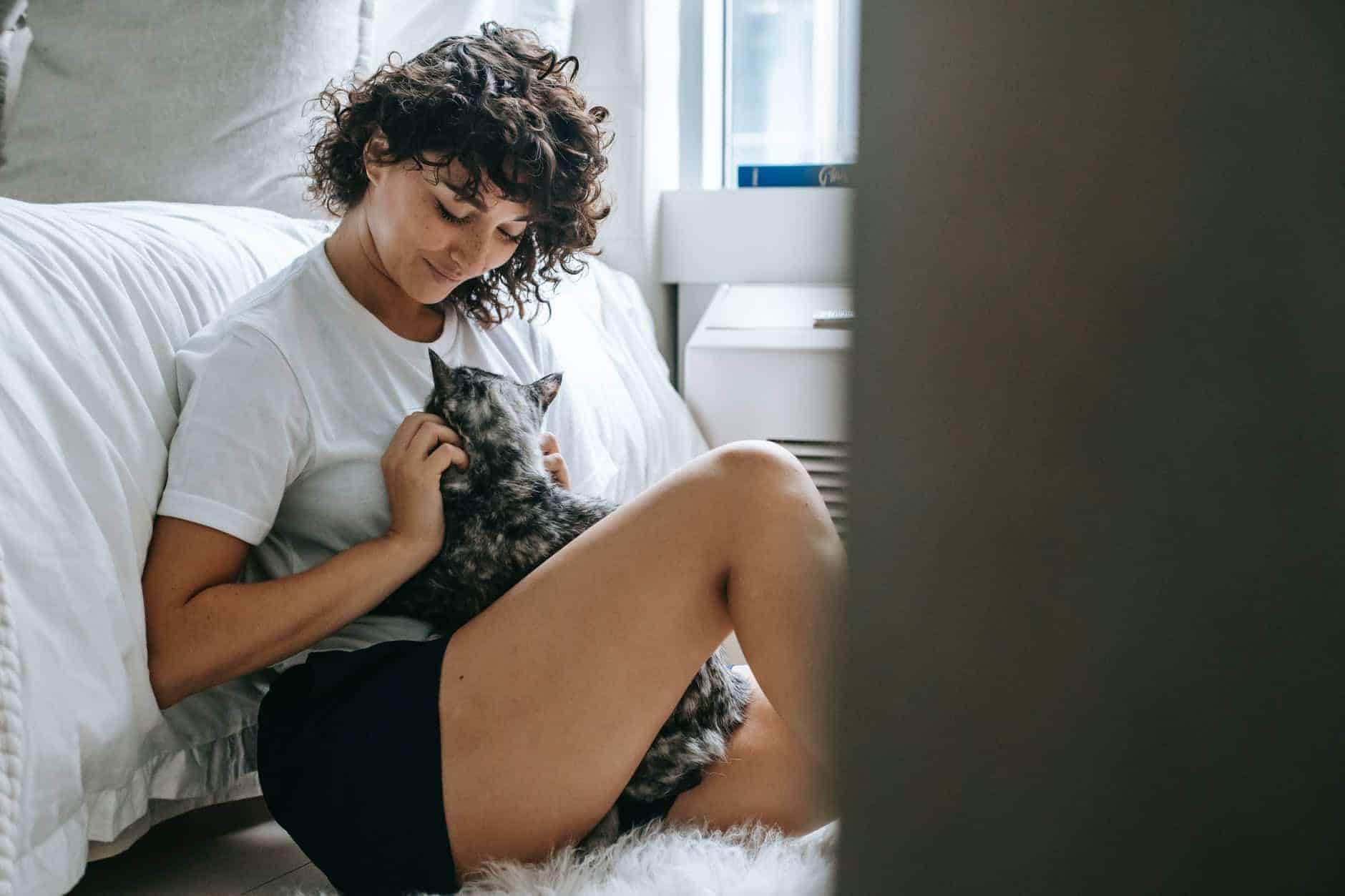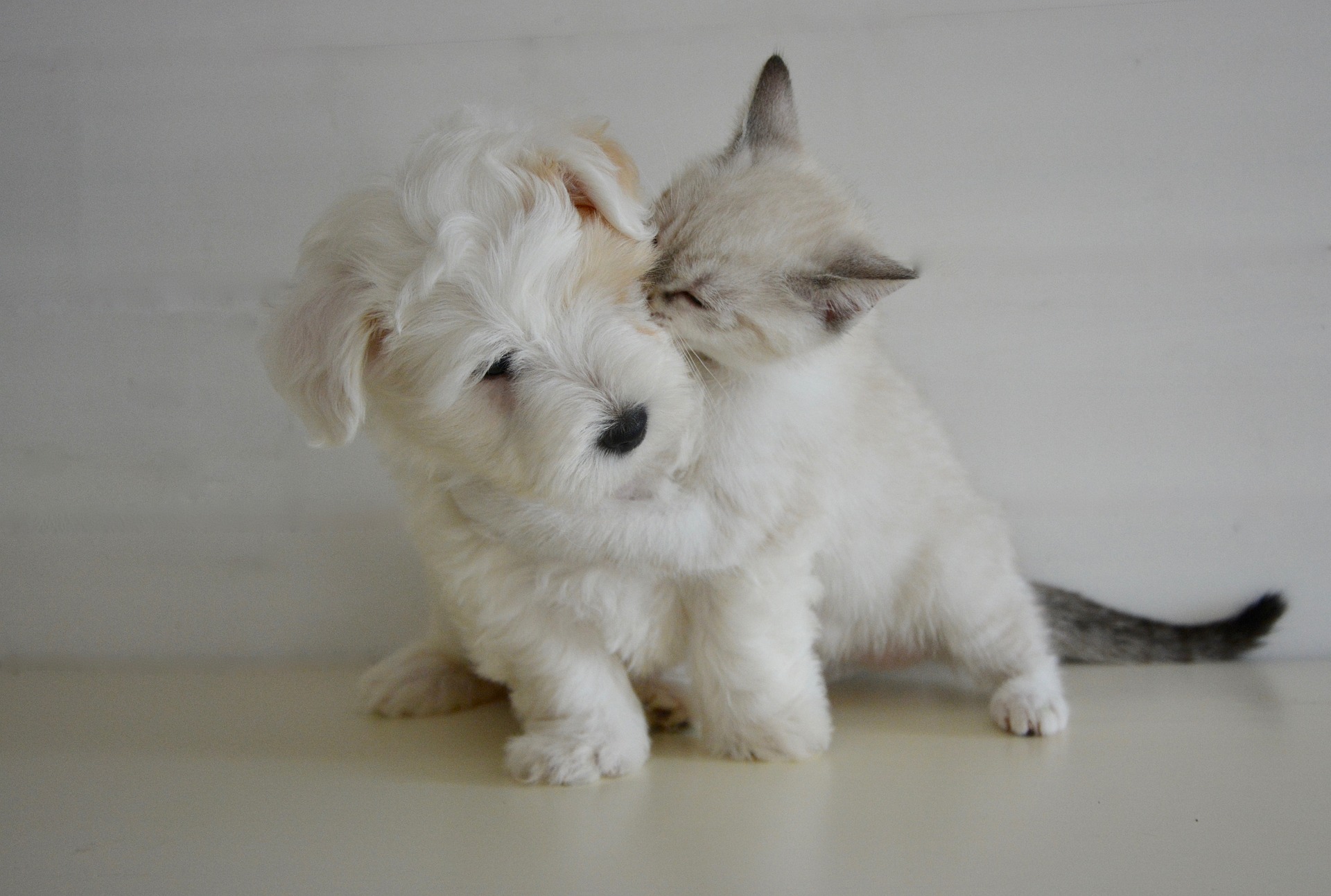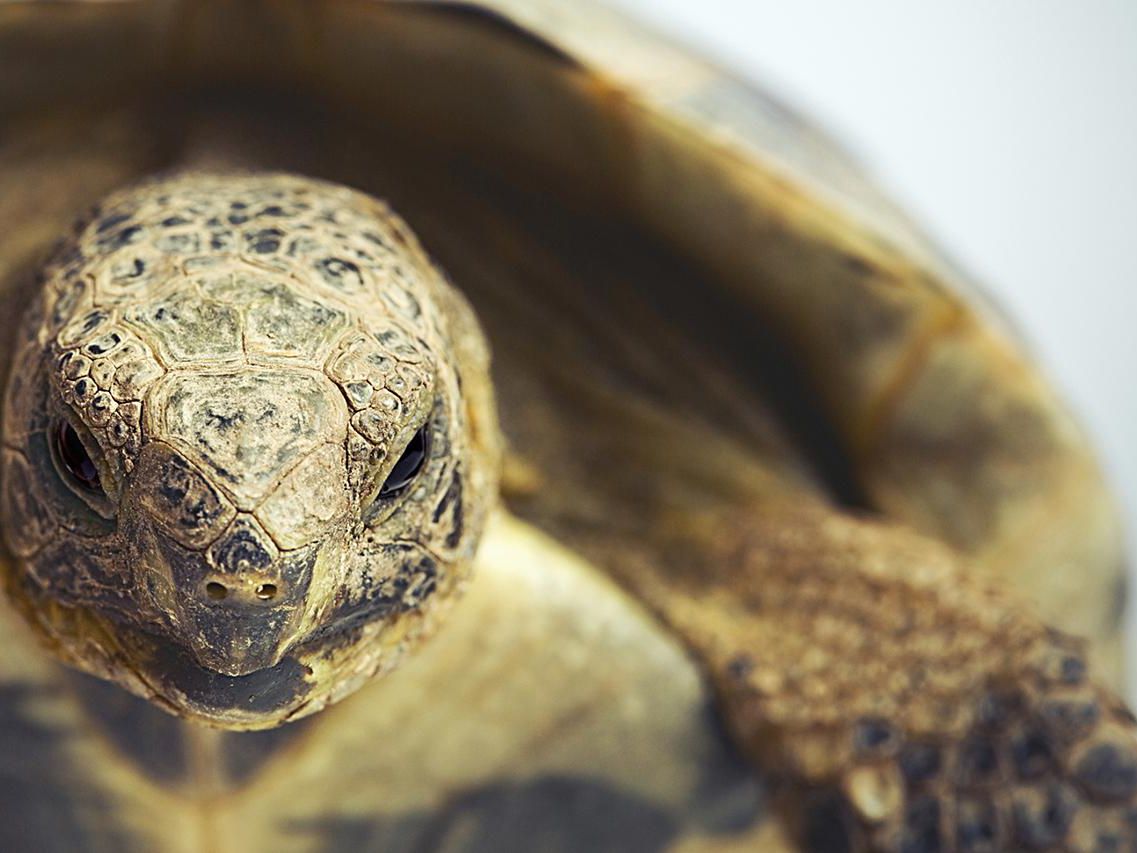Tuxedo cats have a bold and lovely bi-color pattern.
The Stark black and white contrast of their soft fur combined with combined with how the fur is patterned in a way reminiscent of men’s formal wear, it what gives then the tuxedo appeal.
Any combination of black and white fur qualities a cat to be called a tuxedo but the most common combination is that of a black body and a white chest and paws.
It is not common to call other bi-colour cats tuxedo cats and they may come in blue (grey) and white or red (orange) and white.
If you have a bi-color gray and white cat that exhibits the famous tuxedo pattern you can call it a tuxedo cat because the term isn’t exactly strictly defined.
The tuxedo colouration pattern can occur in many different breeds of cat. In the breed standard the bi-colour standard is noted for the Manx, Norwegian forest cat, British shorthair, American short hair, coon, British short hair, Maine, Turkish angora, Scottish fold, and Turkish Van. the tuxedo isn’t allowed in some breed standards.
You can already guess where the title “tuxedo” came from. It’s a word for an attire human men put on for formal occasions. If you have a tuxie cat and you are in the mood to get dramatic, nothing beats dressing it up in his best tucker and bib, as well as white boots or spats.
Tuxedo cats are the perfect gentlemen of feline kingdom.
When it comes to tuxedo cats, females are just as common as males so there is no gender issue. Other variation on the tuxedo theme in cats include the masked tuxedo,” with white around the nose and chin, a white striped nose, or a nose with white tips.
Another variation of the tuxedo cat called the Kitler which features the a white mustache.
Over view of the tuxedo cat breed
Size: This cat breed grows to become around 6 to 16 pounds in size.
Coat and colour: White chest and black body fur. there may be white patches on the face and the paws may also appear white. Depending on the breed of your Tuxie cat, it may have long hair out short hair.
Life expectancy: A tuxedo cat may live as long as 15 years, but longer life span has been recorded for indoor tuxedo cats.
Characteristics of the tuxedo cat
Friendliness level of tuxedo cats vary and same goes for their affection level. It depends on your cat, it may be child or pet friendly. The playfulness level of this kind of cat is high but it’s needs for exercise is medium.
In terms of trainability the tuxedo cat is rated medium, but it is highly intelligent and has a high tendency to vocalise. The amount of shedding varies according to the cat.
History of the tuxedo cat
Cats naturally have colour genes that can produce the lovely tuxedo pattern in the correct combination. Tuxedo cats possess the gene to be black and they also possess the gene that can make them have white spots on their bodies.
The white spots usually just masks the black on some parts of their body. how the white sport jean prevents the black from showing on the areas it masks is by hindering the color-producing melanocytes from getting to those areas.
The sporting gene in cats produce various grades of white spoting starting from a range of 1 to 10. tuxedo cats belong to the lower grade which is from 1 to 4. The less white you see on your cat signifies how low the number it falls on in the range is.
however it is unknown when these gene combination began to show up in cats. the existence of bi-coloured cats actually date as far back as the egyptian empire as signs of such cats have been found repeatedly in their. tombs.
You may also hear some people call tuxedo cats a Felix cat. The name felix came from a character known as Felix the cat which was created in the 1920s during the silent era of films. felix the cat was featured in animations cartoons and a variation of other merchandise.
If you have heard of one of the most favourite collectibles for cat lovers called the felix clock, then now you figured where it came from. That clock is still in existence and sold in stores with the long black tail ( supposedly Felix’s) wagging back and forth.
Although till date no one can pin point the actual creator of the Felix character as it has been argued for centuries, but during pat sullivan’s life time he enjoy the credit for the ownership and owned rights to the felix the cat character. Felix is an all black cat except for a white patch on its skin and it’s lovely huge white eyes.
another famous tuxedo cat that a lot of children in the present century will recognised is sylvester the cat from looney toons. Sylvester is a cat who has white jowls, white feet, a long bib extending right down his belly, and a white tip on its tail.
If you are a fan of looney tunes you will definitely find sylvester constant stocking of tweety bird very hilarious because it is a bottom heavy cat.
The Sylvester character also talks with a lisp, while the innocent Tweety bird character talks like a baby. Tweety always thought she saw Sylvester stalking her which causes her to very a heavy sledgehammer right behind her back for self defense.
In 1957 Dr. Seuss had the famous cat in the hat character published and that was also a tuxedo cat. You can still get plenty of collectibles of this lovely character from stores. The cat in the hat book was made into a movie in 2003 with Mike Myers playing the title role.
During the president Bill Clinton white House administration, socks was a tuxedo cat who became recognised as the First cat and become an instant celebrity.
However, one tuxedo cat in 1998 is the luckiest yet as it was left an inheritance of over $6 million in 1998.
Care for tuxedo cats
It is easy to know if a cat was born with the tuxedo pattern. Tuxedo cat kittens are usually the smaller version of the adult cat, they do not have to change pattern or colour as they grow older.
Caring for a tuxedo cat is no different from caring for any other cat you pretty much have to do the exact same things.
You do not have to give a tuxedo cat’s coat any special treatment because of its colour or patterns. And also, you should brush normally to prevent matting and hair balls.
Trim the your Tuxie’s nails every two to three weeks so that they don’t scratch on things, and you can also provide them with a scratching post where they can exercise their nails.
Once your tuxedo cat grows to become five months of age make sure to spray it and always keep it indoors for safety reasons. Do not hesitate to see that your pet is up to date with all vaccinations to prevent common health problems.
Cats naturally like to take short naps and sleep so make sure that you provide a comfortable bed and other spaces where your cats can have as much rest as it wants.
Always clean your cat’s litter box so that it doesn’t look for other alternatives because cats are clean animals naturally.
Common health problems of tuxedo cats
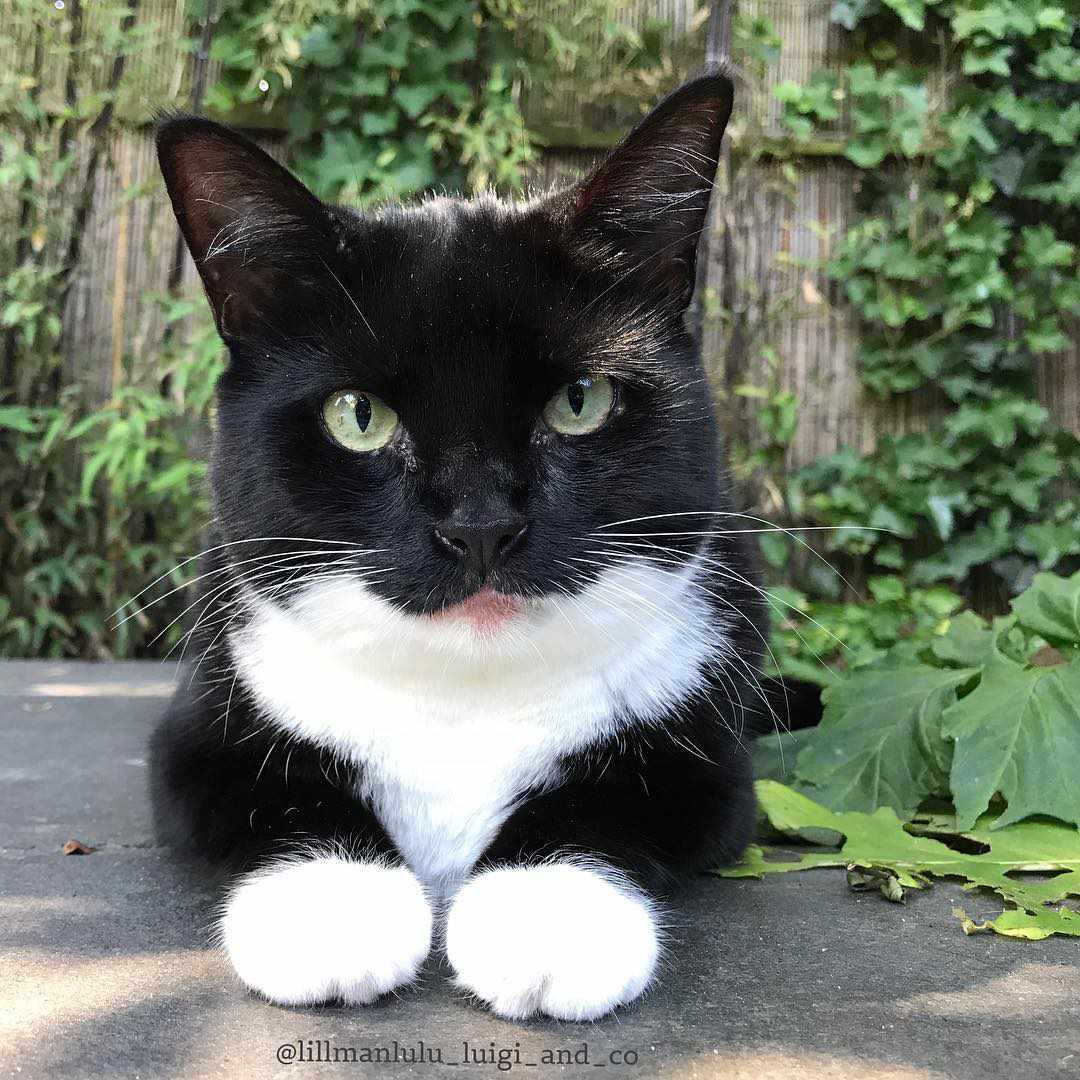
A tuxedo cat can be created by any of different breeds and some of these breeds can be prone to certain diseases and specific conditions.
The cats conditions that you need to be careful of for any cat at all are the ones listed below:
- 1. Cancer: cancer is not as common is young cats as it is in older ones so once your cat begins to age you have to be on the look out for any unusual lumps or discolorations and skin changes. One common type of cancer in cats is Lymphoma.
- 2. Diabetes: this condition is more common in make cats, older cats, and obese cats
- 4. Feline Immunodeficiency Virus: this is a dangerous health condition that is spread from feline to feline when they engage in fights and get deep bites. The most effective way of preventing this condition is to keep your feline indoor and prevent territorial fights of you have got more than one cat.
- 5. Feline Leukemia Virus: what this virus does is to damage a cats immune system and make it more susceptible to having a blood cancer. The good news is that there is a vaccine that can reduce the risk so you can ask your vet for it.
Nutrition and diet for tuxedo cats
You should feed your tuxedo cat with the same diet as any other cat of its breed. Wet cat food is awesome but you can also feed your tuxedo with dry cat food.
You can discuss your cat’s diet and nutrition with your vet especially if you notice The cat has any illness or if it is obese.
Name suggestions for your tuxedo cat
Choosing a name for pets can be a very tricky task. Sometimes you could have a name in mind and some way you just feel it doesn’t suit your pets personality.
Well for tuxedo cats, we have a list of names that you might find interesting because they suit not just the cat’s characters but their physical features.
Try names like Socks, Sylvester, charlie chaplin, Boots, Domino, Panda, Mittens, Oreo, Tuxxy, Sox, Spotty, Donnie, Peppie Le Pew, Tux, Chef, and Sir.
These just a few of the names that work wonderfully with tuxedo cats. You can feel free to add any other name options via the comment section.



